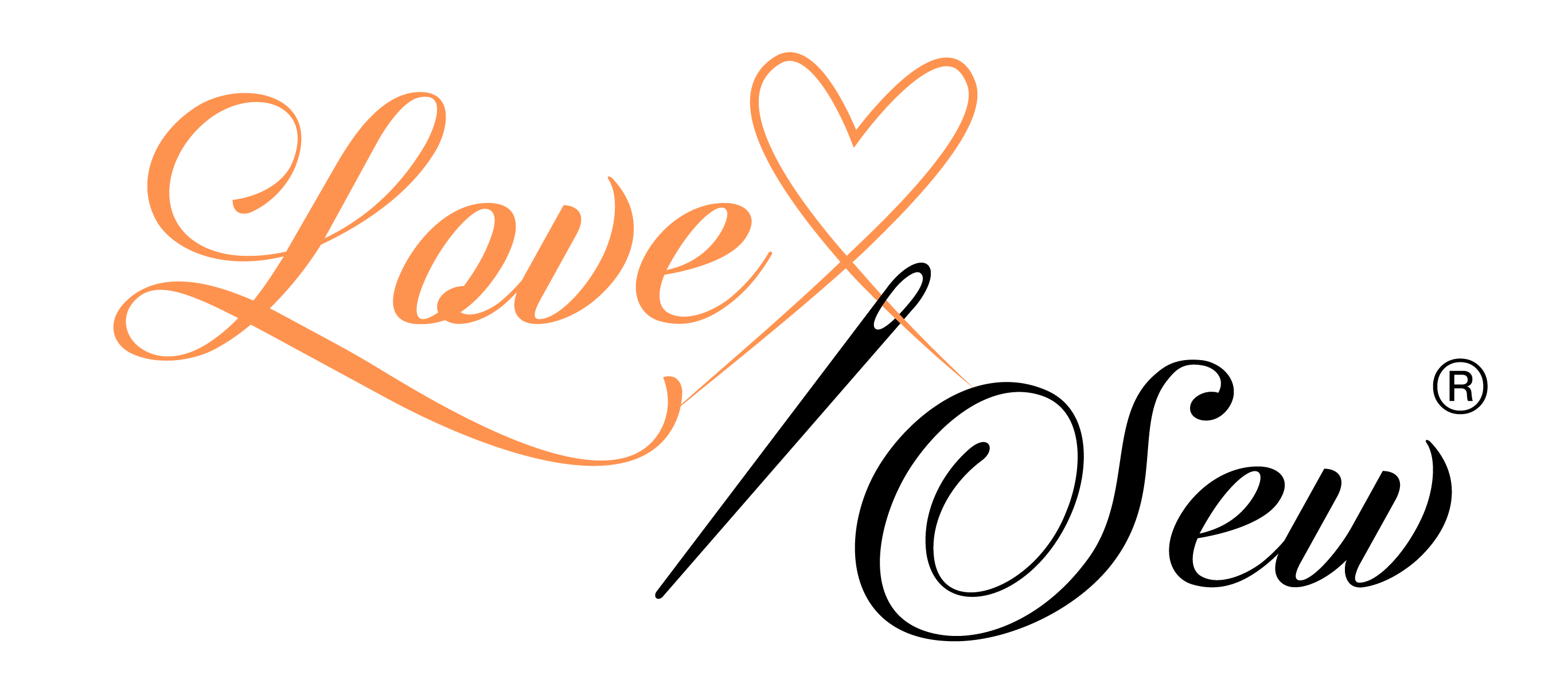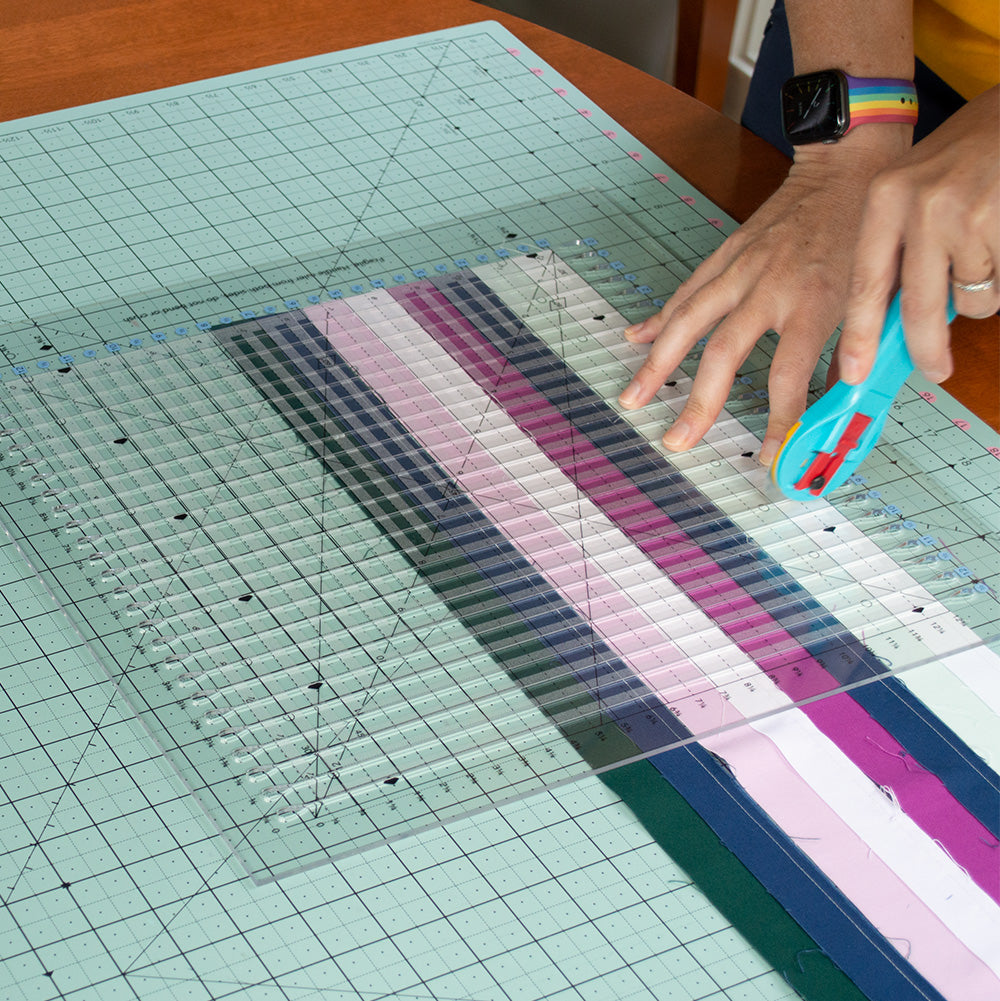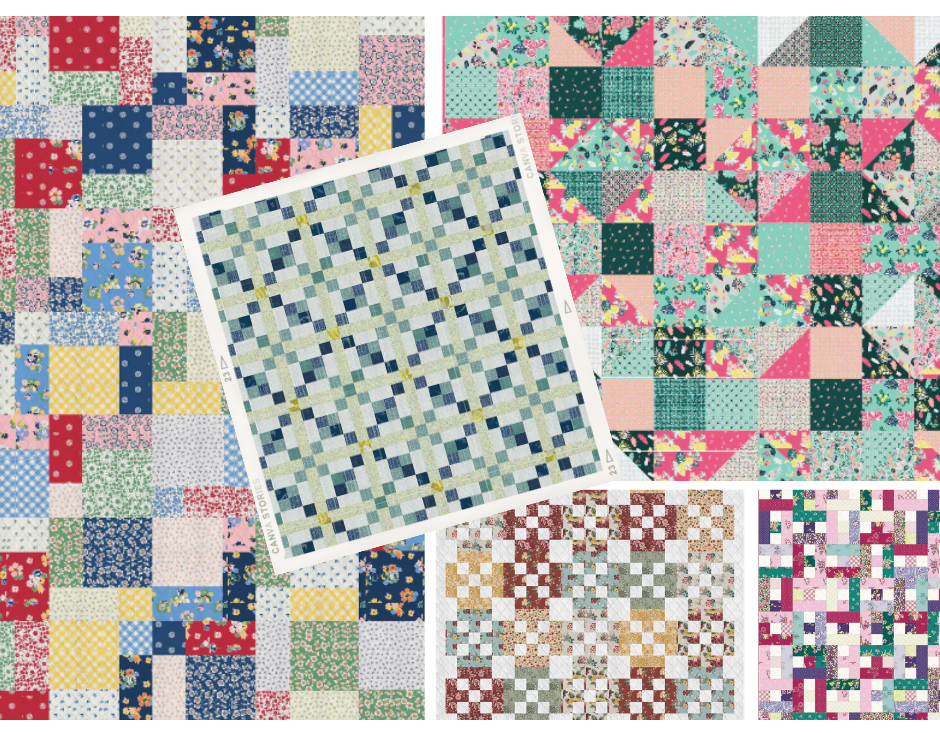When free-motion quilting, the feed dogs are disengaged to give you the freedom to move your quilt in any direction. You can create all sorts of unique designs and patterns on your quilt. The trick is learning how to coordinate the speed of your machine with your movements to get even stitches throughout your design. The right tools make ALL the difference — that’s what this Quilting 101 post is all about.
Free-motion quilting takes a lot of practice and patience, but it can be so rewarding! If you’ve never given it a try, here are five tools you need to get started.
1. Machine Quilting Foot
Free-motion quilting can be done on any sewing machine, but you do need a special quilting foot (also called a darning foot). There are a few different styles available, but we recommend one with a circle base. If your sewing machine did not come with one, Love Sew carries a Free-Motion Quilting Foot that works with most high and low shank machines.
We’re not going to discuss the best sewing machines for quilting today, but the more space you have underneath the arm, the better… It’s also helpful to have an extension table so your quilt can lay flat while you’re working.
2. Quilting Gloves
Quilting gloves are a game changer for free-motion quilting. They help you grip your quilt and maintain control without transferring the oils from your fingers to your fabric. Any pair of gloves with rubber grips will work, but we recommend getting a pair of Machingers. They have a breathable design to prevent your hands from getting hot and sweaty. Plus, the grips are just on the fingertips, so they don’t feel as bulky as standard garden gloves. The extra traction you get when wearing quilting gloves will help you relax and get into a rhythm with your free-motion quilting.
3. Quilting Hoop
If you find that quilting gloves don’t give you enough control, you can try a quilting hoop instead. It keeps the layers of your quilt taut so all you have to worry about is moving the hoop to create your design. This really relieves your hands and reduces wrist and shoulder strain.
We recommend Love Sew’s Fabric Glide. It is a two-piece hoop that is easy to use. The square shape also gives you more space to quilt so you don’t have to reposition your hoop as frequently as with other hoops.
4. Heat Erasable Pens
When you’re trying to create a specific design and you don’t want to make it up as you quilt, Heat-Erasable Pens are tremendously useful. You can draw designs directly on your fabric with the pens to use as a guide for free-motion quilting. When you’re done, you simply iron the markings and they will disappear, like magic.
We’ve never been a fan of chalk for marking fabric because of the mess. Heat erasable pens solve that problem. They’re useful for all sorts of applications beyond free-motion quilting, too.
5. Quilting Rulers
One of the easiest ways to get started with free-motion quilting is to use rulers. You simply glide your quilting foot along the edge of the rulers to stitch your design. Love Sew has a Machine Quilting Ruler Set that includes six small rulers with various designs. They help you make more accurate and uniform designs on your quilt, from scallops and curves to flowers and tear drops.
If you’ve never tried free-motion quilting, you’re missing out on so many possibilities. When you use the right tools and get the timing mastered, your designs will be breathtaking!









5 comments
Lisa vendeville
What’s the easiest way to do corners on the edge of your quilt. Mine always come out bulky and I’ve snapped a needle.
Janet Anderson
I have the rulers and the foot which I bought from you a while back, but what is needed is a video tutorial that demonstrates their use. If someone is starting out in free motion quilting, it is not clear how they are used. Is a video, either on your site, or YouTube, available?
Anonymous
Thanks!
Carolyn Block
Have a question about the marking pens…do the markings reappear when when is applied to the area?
Thank you for the tips!
Carolyn
Barbara Rain
Thanks
Leave a comment
This site is protected by hCaptcha and the hCaptcha Privacy Policy and Terms of Service apply.